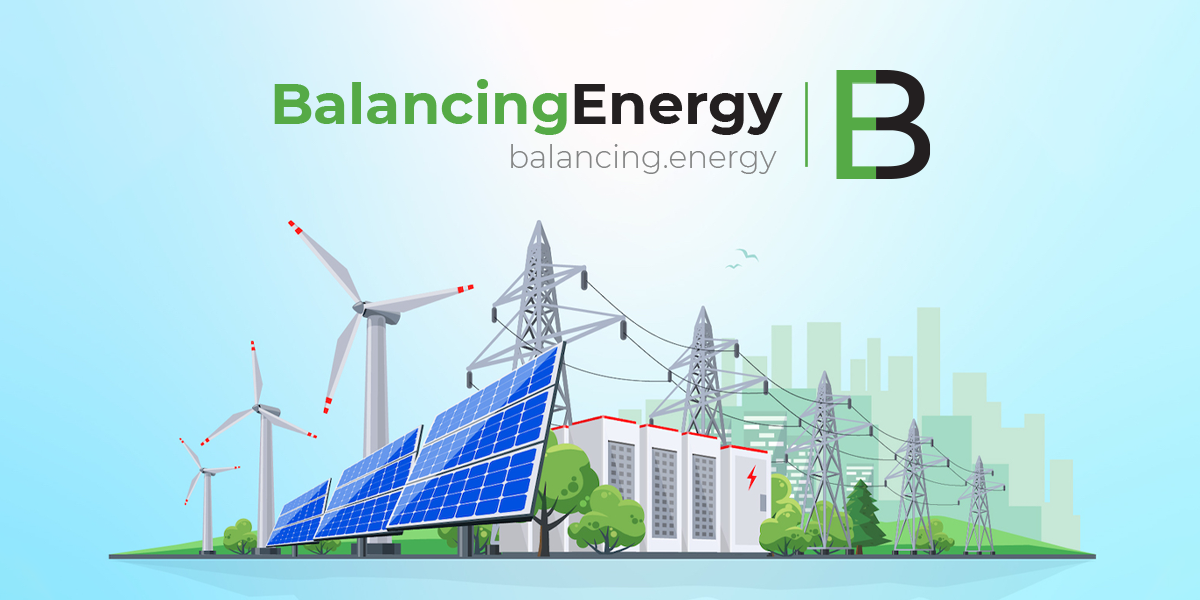In recent years, Serbia has emerged as a promising destination for wind energy development. The country’s favorable wind conditions and government support have attracted various investors and developers, leading to the emergence of several wind park projects. This article will explore the key players involved in the Serbian wind energy sector and highlight some significant wind park projects in the country.
1. Key Players in the Serbian Wind Energy Sector:
a) Ministry of Mining and Energy: The Ministry plays a pivotal role in creating a favorable legal and regulatory framework, promoting renewable energy, and attracting investments in the sector.
b) Independent Power Producers (IPPs): These private companies invest in wind park projects and are crucial to the development of Serbia’s wind energy sector. They bring expertise and resources necessary to develop, operate, and maintain wind farms.
c) Serbian Electric Power Company (EPS): As the national power utility, EPS has been instrumental in promoting renewable energy. It supports wind energy projects through power purchase agreements, grid connection, and procurement of green certificates.
d) Financial Institutions: Local and international banks, development institutions, and investment funds provide crucial financial support, enabling the implementation of wind park projects.
2. Serbian Wind Park Projects:
a) Čibuk 1 Wind Park: Located near the city of Kovin, this is Serbia’s largest wind park. Developed by the company Masdar, it has a total installed capacity of 158 MW and includes 57 wind turbines. Čibuk 1 provides clean energy to meet the electricity needs of around 113,000 households, reducing greenhouse gas emissions by 370,000 tons per year.
b) Kovačica Wind Park: Situated in the municipality of Kovačica, this wind park developed by MK Fintel Wind has an installed capacity of 104.5 MW. It consists of 38 wind turbines and contributes significantly to Serbia’s renewable energy capacity.
c) Alibunar Wind Park: A project owned by Elicio NV and EnerCap Power Generation, the Alibunar Wind Park has an installed capacity of 42 MW. With 21 wind turbines, it generates clean energy to power approximately 27,000 households, reducing CO2 emissions by around 100,000 tons annually.
d) Kosava Wind Park: Under development by Vetroelektrane Balkana, a joint venture between Masdar and Taaleri Energia, the Kosava Wind Park in Vršac is set to become the largest wind farm in the entire Western Balkans. Once completed, it will have an installed capacity of 300 MW, further enhancing Serbia’s renewable energy capacity.
3. Future Prospects:
The Serbian government has set ambitious goals to increase the share of renewable energy in the country’s overall electricity production. Wind energy is expected to play a vital role in achieving these targets. The attractive investment opportunities, government incentives, favorable wind conditions, and increasing public awareness of the benefits of renewable energy make Serbia an attractive destination for wind park projects.
To facilitate further wind energy development, Serbia aims to streamline procedures and provide support to investors. The introduction of feed-in tariffs, power purchase agreements, and green certificates has enhanced the financial viability of wind park projects. The country’s geographical advantage, coupled with sustained commitment and collaboration between stakeholders, positions Serbia as a key player in the global transition towards a greener and more sustainable future.
Serbia’s wind parks projects and the key players involved in their development are pivotal in driving the growth of renewable energy in the country. With the ongoing support from the government, increasing private investments, and growing public interest, Serbia is well-positioned to harness its wind energy potential and contribute to the global shift towards clean and sustainable power sources.










